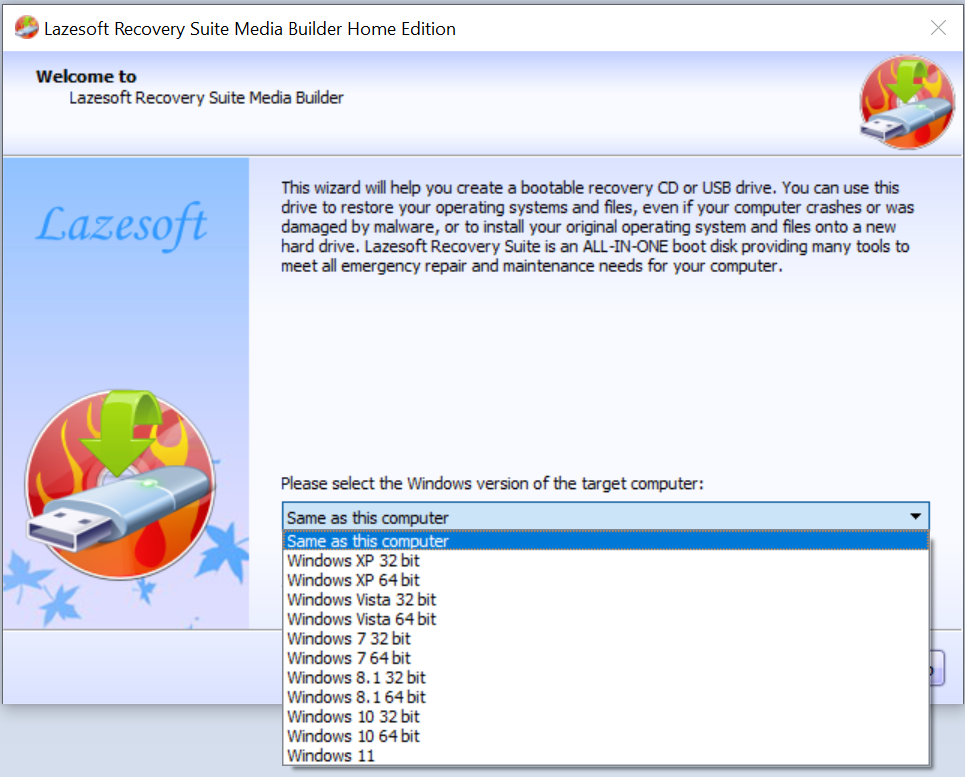
- #HOW TO MAKE A LIVE LINUX USB DRIVE ON WINDOWS 7 HOW TO#
- #HOW TO MAKE A LIVE LINUX USB DRIVE ON WINDOWS 7 MANUAL#
#HOW TO MAKE A LIVE LINUX USB DRIVE ON WINDOWS 7 HOW TO#
Beginner's Guide: How To Install Ubuntu 18. Linux For Beginners: What's A Desktop Environment?. To create a multi-boot USB key, click the icon that appears like the following image: You can also create a bootable ISO image by clicking the icon that appears like the. But if it captures your heart, there's almost always an option to install the OS located on the desktop.ĭon't forget you can boot up pretty much any PC with that same USB stick. Format your pen drive with FAT32 filesystem and insert to a USB port and click Search USB button in Sardu, then select the pen drive just under Select USB button. Now hit "F10" and select "Save settings and reboot." (Again the wording may be slightly different on your PC).Īnd now you can reboot your machine and enjoy that new flavor of Ubuntu (or Mint, or Manjaro, or whatever you've chosen that supports a Live USB environment)! Remember to select "Try" instead of "Install" if prompted. Click on the top or first option and change it to USB, or drag the USB icon(s) to the top. Ordinarily, you'll need to find a category called "Boot" where you'll see the order your PC looks for devices to boot from. I assume your USB has been formated (in fat32). So here is my solution to this issue (apologise for the bad english). If so, do that and select your USB drive.Įvery BIOS screen is different, but I'm using an MSI motherboard so I'm showing that example above. The title of this post may sound silly, but many people are trying to make a persistent live usb for kali from windows, and many people dont want to use the ext4 filesystem for the persistence partition, since it could reduce the lifetime of their USB. 
Some systems may also prompt you to simply hit a certain key to access your boot menu.
#HOW TO MAKE A LIVE LINUX USB DRIVE ON WINDOWS 7 MANUAL#
If in doubt, consult an online manual for your motherboard or look online. Watch for a message that may be displayed telling you which key to press to enter "BIOS" or "Setup." For the majority of systems, you'll probably want to hit the "DEL" key. You'll need to press a certain key on your keyboard right after you power on your PC.





 0 kommentar(er)
0 kommentar(er)
